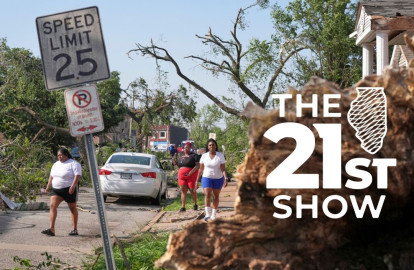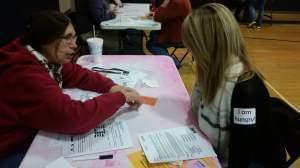




Schools Are Using Poverty Simulations To Build Empathy. But Do They Work?
About 100 teachers and support staff recently gathered in a junior high school in central Illinois to take on the roles of people living in poverty. It’s part of a poverty simulation used by schools across the country that’s supposed to challenge stereotypes. But some say it takes more than a one-time simulation to change attitudes and behaviors.

